Home>Gardening & Outdoor>Landscaping Ideas>How Long To Leave Straw On New Grass
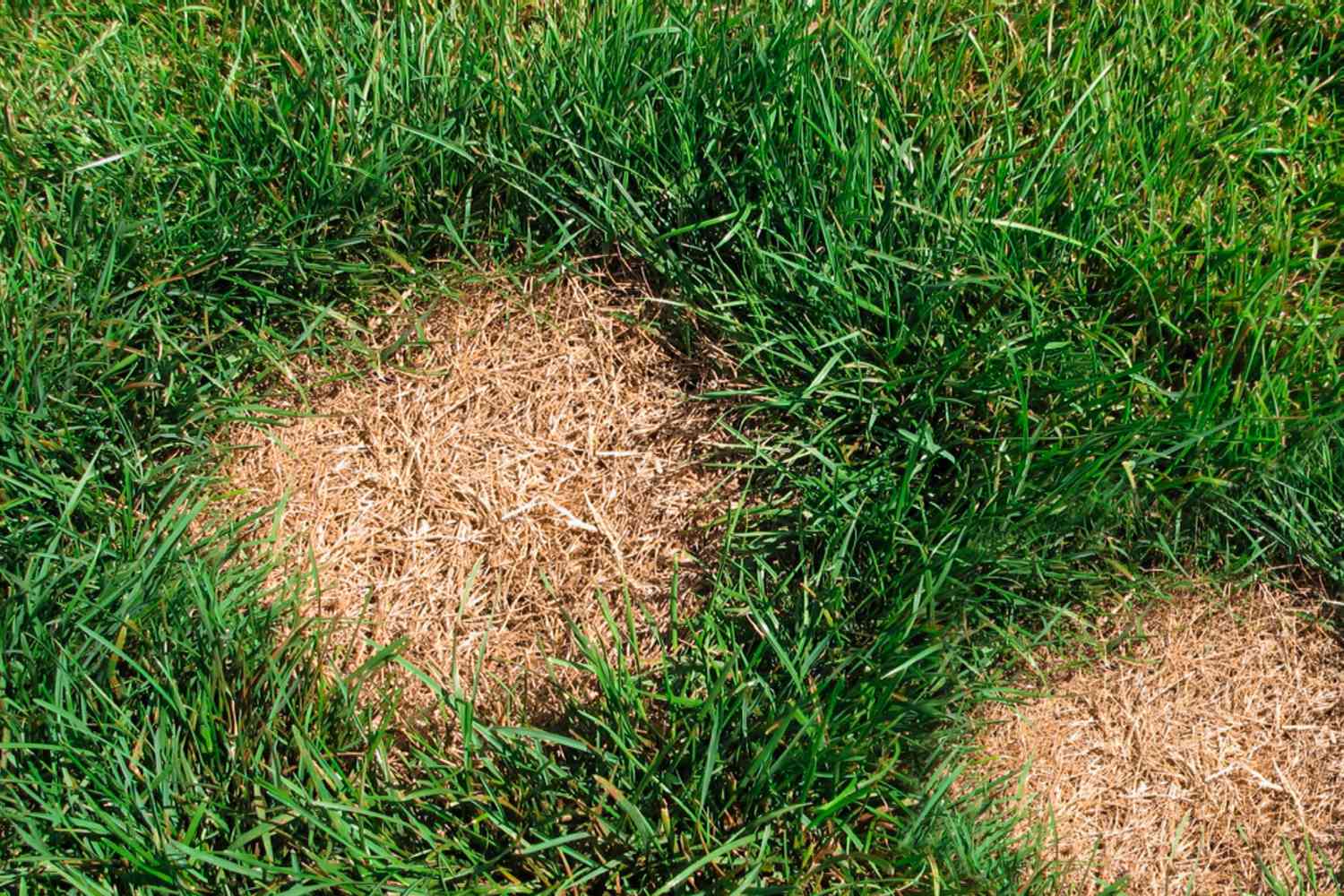

Landscaping Ideas
How Long To Leave Straw On New Grass
Modified: August 16, 2024
Learn the best landscaping ideas for new grass. Find out how long to leave straw on your lawn for optimal growth and results.
(Many of the links in this article redirect to a specific reviewed product. Your purchase of these products through affiliate links helps to generate commission for Storables.com, at no extra cost. Learn more)
Introduction
Read more: How Long To Leave Straw On Grass Seed
Introduction
When it comes to nurturing new grass, there are various practices that can significantly impact its growth and health. One such method is the application of straw, which serves multiple purposes in the early stages of grass establishment. Understanding the optimal duration for leaving straw on new grass is crucial for ensuring its effectiveness without impeding the growth process. In this article, we will explore the benefits of using straw on new grass, factors that influence the duration of straw coverage, the recommended timeframe for leaving straw on new grass, as well as valuable tips for applying and removing straw. By delving into these aspects, you can gain a comprehensive understanding of how to best support the growth of new grass while utilizing straw as a beneficial aid.
Key Takeaways:
- Leaving straw on new grass for 1-4 weeks helps retain moisture, prevent erosion, and regulate temperature, creating a nurturing environment for healthy grass growth.
- Applying and removing straw requires even distribution, careful assessment of grass growth, and minimizing disruption to support the successful establishment of new grass.
Benefits of Straw on New Grass
Applying straw to new grass offers a range of benefits that contribute to its successful establishment and long-term health. Understanding these advantages can help you appreciate the significance of using straw as a supportive element in the early stages of grass growth.
- Moisture Retention: Straw serves as a protective layer that helps retain moisture in the soil, preventing rapid evaporation and ensuring consistent hydration for the developing grass roots.
- Erosion Control: By creating a barrier against wind and water erosion, straw helps safeguard the soil, preserving the newly sown grass seeds and promoting a stable environment for their germination and growth.
- Temperature Regulation: The presence of straw can moderate soil temperatures, shielding the grass from extreme heat or cold, thereby fostering optimal conditions for root development and overall resilience.
- Weed Suppression: Straw acts as a natural weed deterrent, inhibiting the germination and proliferation of unwanted plants that could compete with the new grass for essential nutrients and space.
- Protection from Birds: In some cases, straw can deter birds from foraging on newly sown grass seeds, reducing the risk of seed loss and enhancing the chances of successful germination.
These benefits collectively contribute to creating a nurturing environment for new grass, supporting its early growth stages and fortifying its foundation for long-term vitality.
Factors Affecting Duration of Straw Coverage
Several factors influence the ideal duration for leaving straw on new grass, and understanding these variables is crucial for making informed decisions regarding the timing of straw removal. By considering these factors, you can optimize the benefits of straw while ensuring that it does not impede the healthy development of the grass.
- Grass Species: Different grass species have varying growth rates and establishment requirements. Some may necessitate a longer period of straw coverage to support their initial growth, while others may thrive with a shorter duration of protection.
- Weather Conditions: The prevailing weather, including temperature, precipitation, and wind patterns, can influence the rate of grass growth and the effectiveness of straw in preserving soil moisture and preventing erosion. Adverse weather conditions may warrant an extended duration of straw coverage for optimal protection.
- Soil Composition: The composition and quality of the soil play a significant role in determining how quickly the new grass establishes itself. Soil with poor moisture retention may benefit from a longer duration of straw coverage to support consistent hydration.
- Seed Maturity: The maturity of the grass seeds at the time of sowing can impact the duration for which they require protection. Immature seeds or those with slower germination rates may benefit from an extended period under the straw cover.
- Pest and Wildlife Activity: The presence of pests or wildlife that may disturb the newly sown grass seeds can influence the need for prolonged straw coverage to safeguard against potential damage.
By considering these factors in conjunction with the specific characteristics of the grass and the environmental conditions, you can determine the optimal duration for maintaining straw coverage to support the successful establishment of new grass.
Recommended Duration for Leaving Straw on New Grass
While the optimal duration for leaving straw on new grass can vary based on specific circumstances, there are general guidelines to consider when determining the appropriate timeframe for straw coverage. These recommendations take into account the typical requirements of new grass and aim to balance the protective benefits of straw with the need for unhindered growth.
For most common grass species, a suggested duration for leaving straw on new grass ranges from one to four weeks following the initial seeding or sodding process. This timeframe allows the grass seeds to germinate and the seedlings to establish themselves, benefiting from the protective and nurturing environment provided by the straw cover.
However, it is essential to monitor the progress of the new grass during this period and assess external factors such as weather conditions, soil moisture levels, and the presence of pests or wildlife. Adjusting the duration of straw coverage based on these observations can help optimize the support provided to the developing grass while mitigating any potential issues that may arise.
For regions experiencing particularly harsh weather conditions or soil with poor moisture retention, extending the duration of straw coverage beyond the typical recommendation may be beneficial to ensure the sustained protection and support of the new grass. Conversely, in more favorable environmental conditions, it may be possible to shorten the duration of straw coverage while still facilitating the successful establishment of the grass.
Ultimately, the recommended duration for leaving straw on new grass serves as a flexible guideline that should be tailored to the specific needs and conditions of the grass being established. By remaining attentive to the grass’s progress and adapting the duration of straw coverage accordingly, you can optimize the support provided to the new grass while promoting its healthy development.
Read more: When To Remove Straw Netting From New Grass
Tips for Applying and Removing Straw from New Grass
Effectively applying and removing straw from new grass involves careful considerations and practices to ensure its beneficial impact without hindering the growth process. By following these tips, you can optimize the application and removal of straw, promoting the successful establishment of the new grass.
Applying Straw:
- Even Distribution: When applying straw to newly seeded or sodded areas, ensure an even and consistent distribution to provide uniform coverage and support for the developing grass.
- Appropriate Quantity: Use an adequate but not excessive amount of straw to cover the designated area, balancing the need for protection with the avoidance of suffocating the grass or impeding its growth.
- Secure Anchoring: If wind or water erosion is a concern, lightly press or rake the straw into the soil to secure it in place, preventing displacement and ensuring continuous coverage.
- Timely Application: Apply the straw promptly after seeding or sodding to maximize its benefits in preserving soil moisture, regulating temperature, and protecting the grass from external factors.
Removing Straw:
- Assessing Grass Growth: Before removing the straw, assess the growth and establishment of the new grass to ensure that it has reached a stage where it can thrive without the protective cover.
- Gradual Uncovering: If the grass has successfully established, gradually remove the straw cover in sections, allowing the grass to acclimate to the uncovered areas while still benefiting from protection in other regions.
- Minimizing Disruption: When removing straw, take care to minimize potential disturbance to the developing grass, avoiding unnecessary trampling or disruption of the soil and seedlings.
- Reusing Straw: If the straw is in good condition, consider repurposing it for other landscaping or gardening needs, promoting sustainability and resource efficiency.
By adhering to these tips, you can ensure that the application and removal of straw are conducted in a manner that optimally supports the growth and establishment of new grass, fostering its long-term health and resilience.
Leave straw on new grass for 1-2 weeks to protect it from drying out and erosion. Once the grass is 3 inches tall, you can remove the straw.
Conclusion
Understanding the role of straw in nurturing new grass and determining the appropriate duration for its coverage is essential for promoting successful grass establishment. By recognizing the benefits of straw, including its capacity to retain moisture, control erosion, regulate temperature, and suppress weeds, you can harness its supportive potential to create an optimal environment for new grass growth.
Factors such as grass species, weather conditions, soil composition, seed maturity, and pest activity play pivotal roles in influencing the recommended duration for leaving straw on new grass. By considering these factors alongside the specific needs of the grass and the prevailing environmental conditions, you can tailor the duration of straw coverage to best support the healthy development of the new grass.
Applying and removing straw from new grass requires thoughtful practices, including ensuring even distribution, appropriate quantity, secure anchoring, timely application, and careful assessment of grass growth. By following these tips, you can optimize the use of straw as a protective aid while minimizing potential disruptions to the developing grass.
In conclusion, the duration for leaving straw on new grass should be approached with flexibility and attentiveness, allowing for adjustments based on the evolving needs of the grass and the surrounding environment. By striking a balance between providing essential support and allowing unhindered growth, you can facilitate the successful establishment of new grass while harnessing the beneficial properties of straw as a valuable ally in landscaping and lawn care.
Frequently Asked Questions about How Long To Leave Straw On New Grass
Was this page helpful?
At Storables.com, we guarantee accurate and reliable information. Our content, validated by Expert Board Contributors, is crafted following stringent Editorial Policies. We're committed to providing you with well-researched, expert-backed insights for all your informational needs.
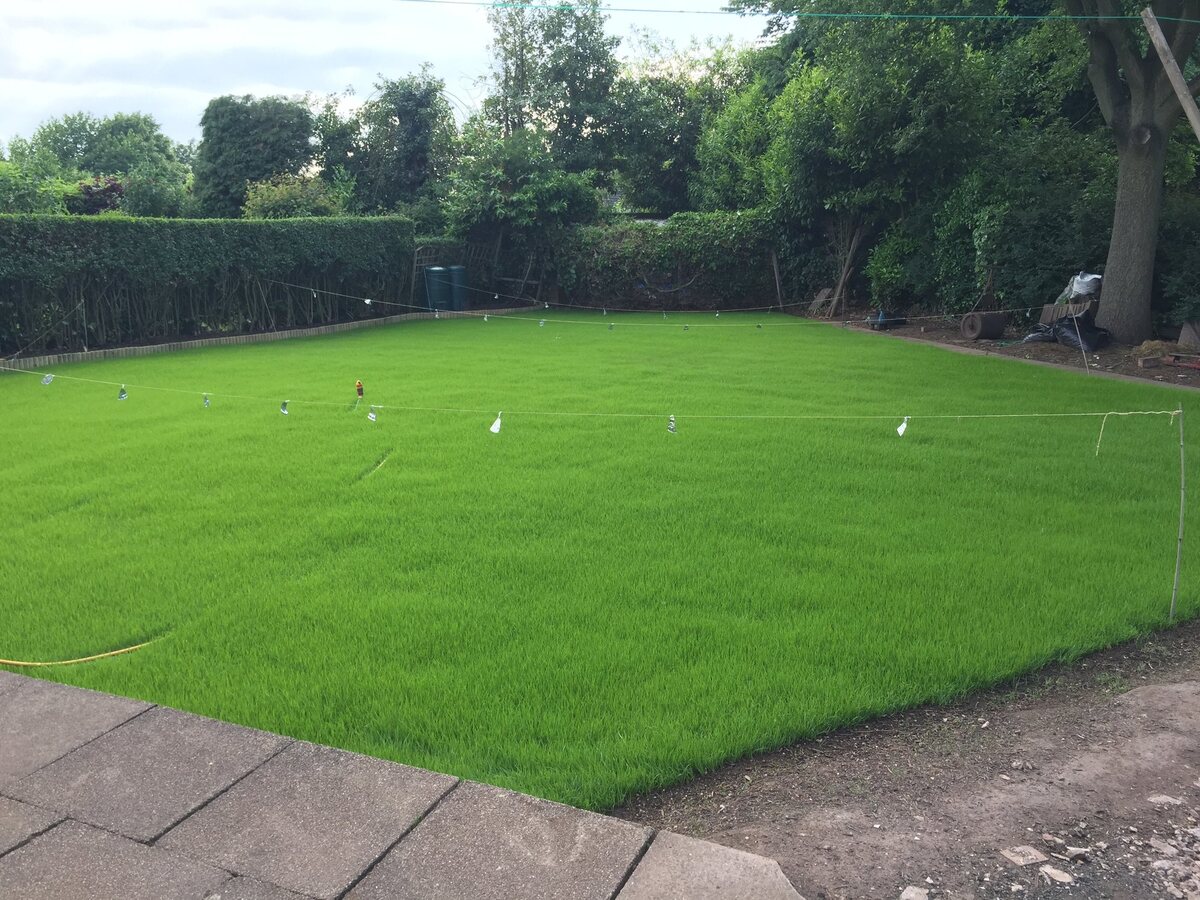
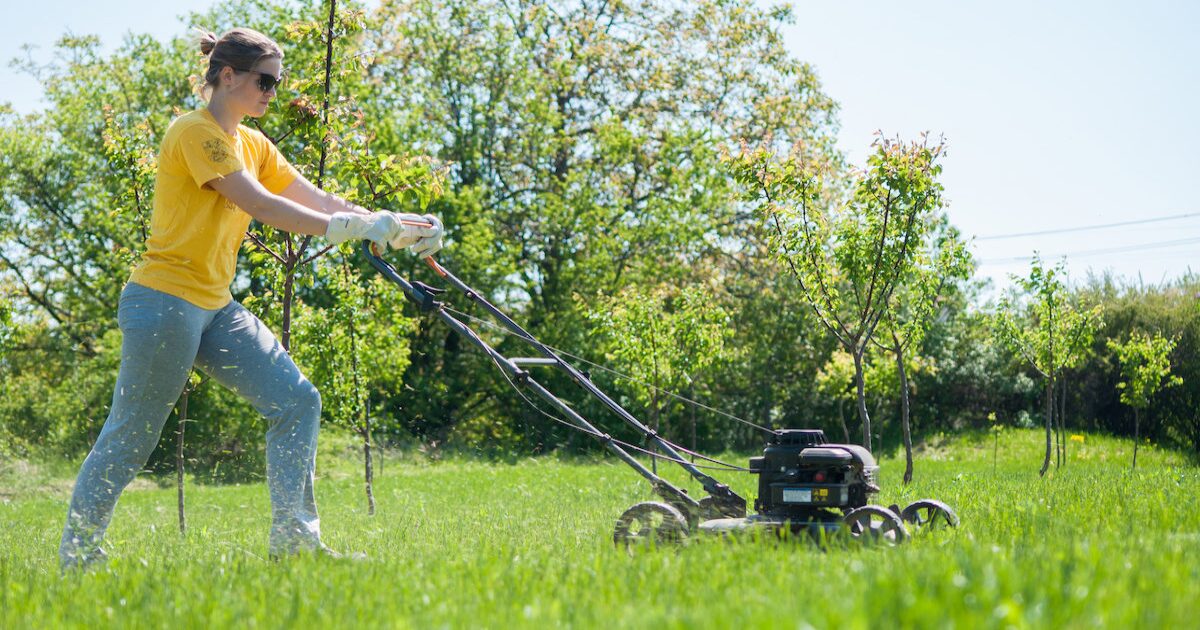
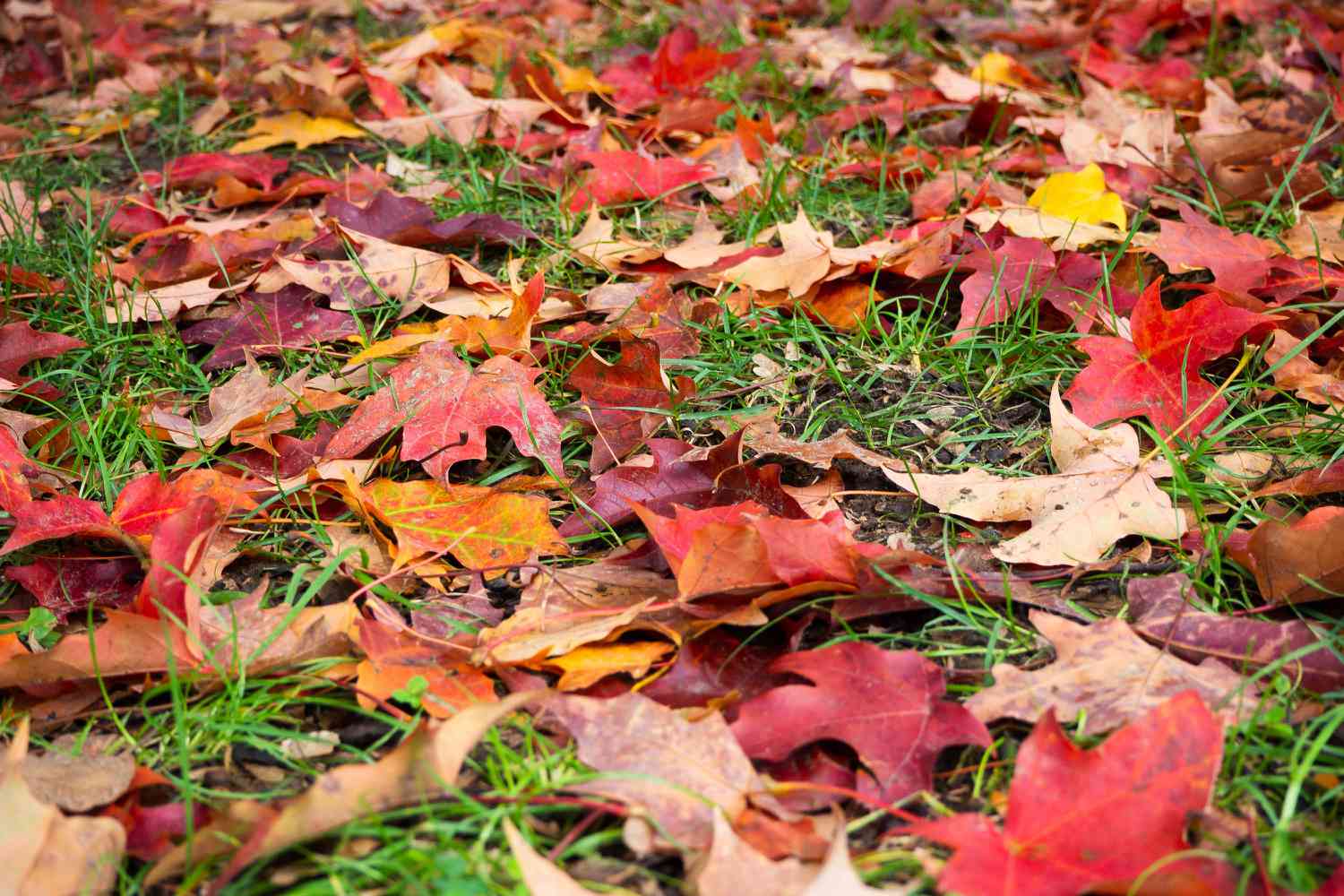
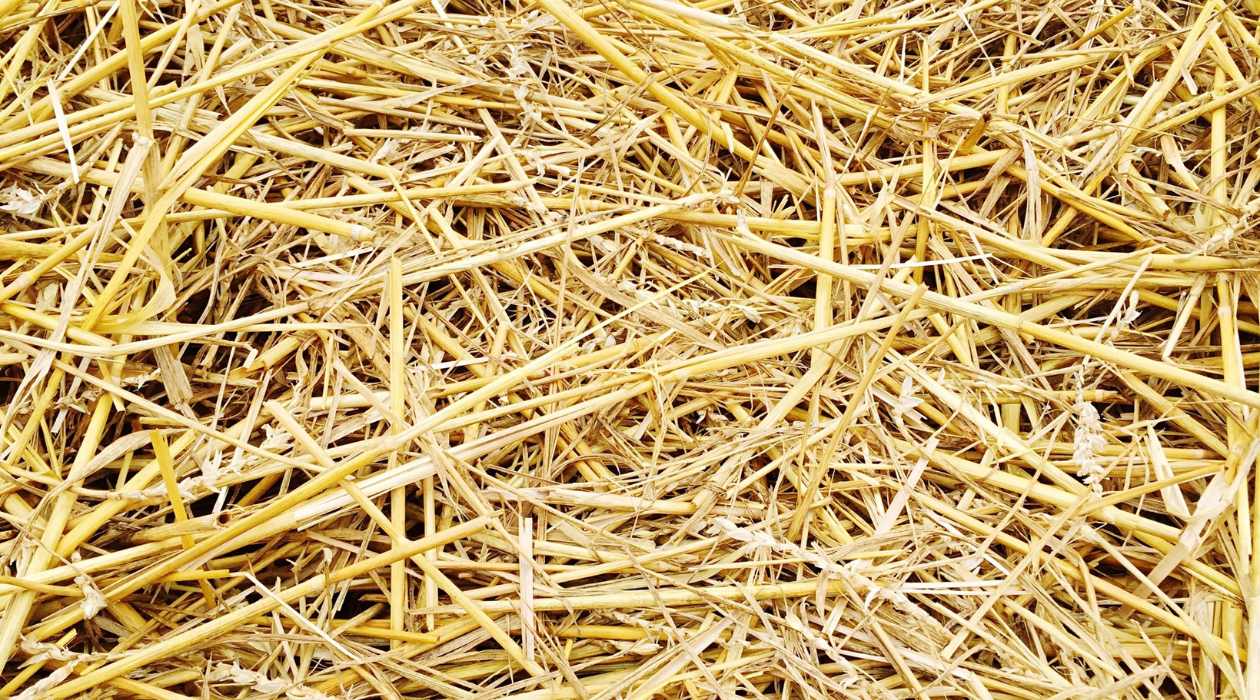
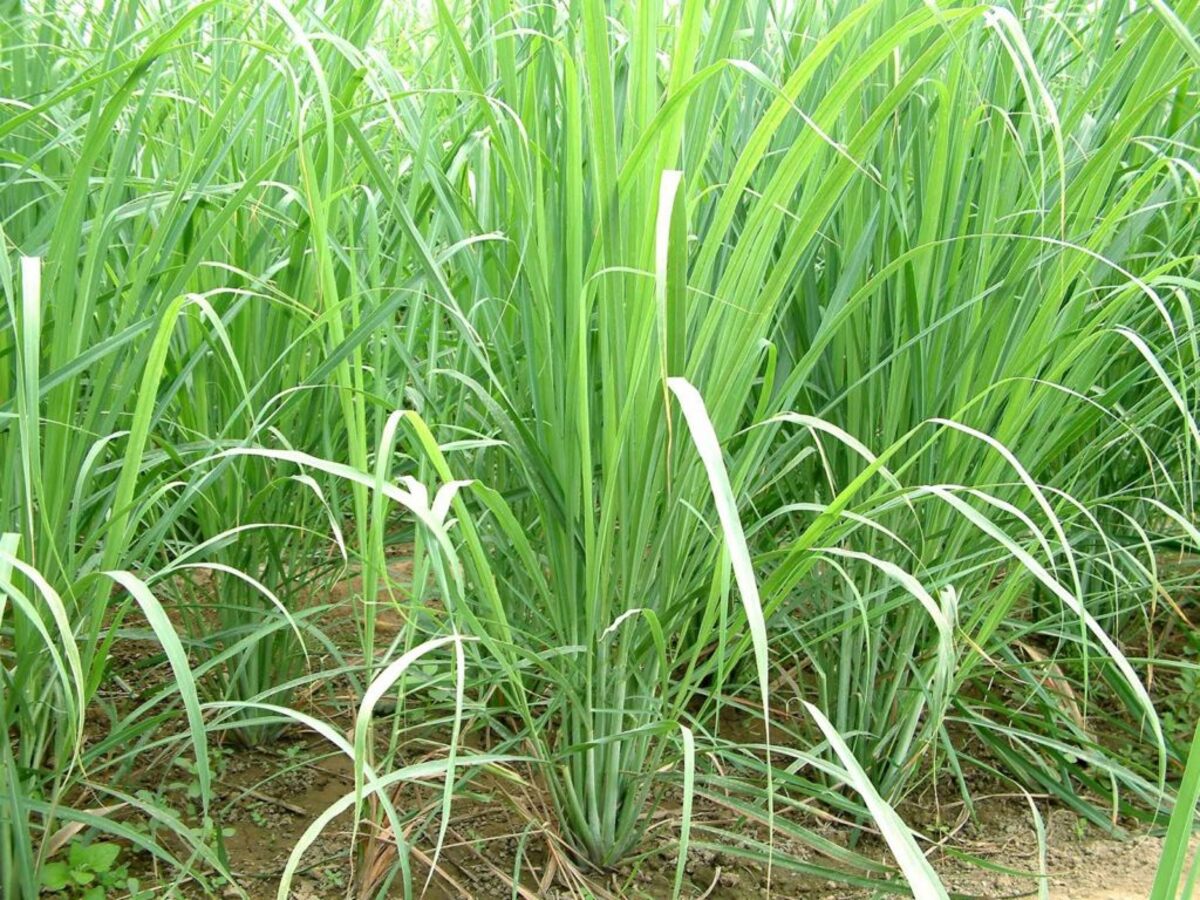
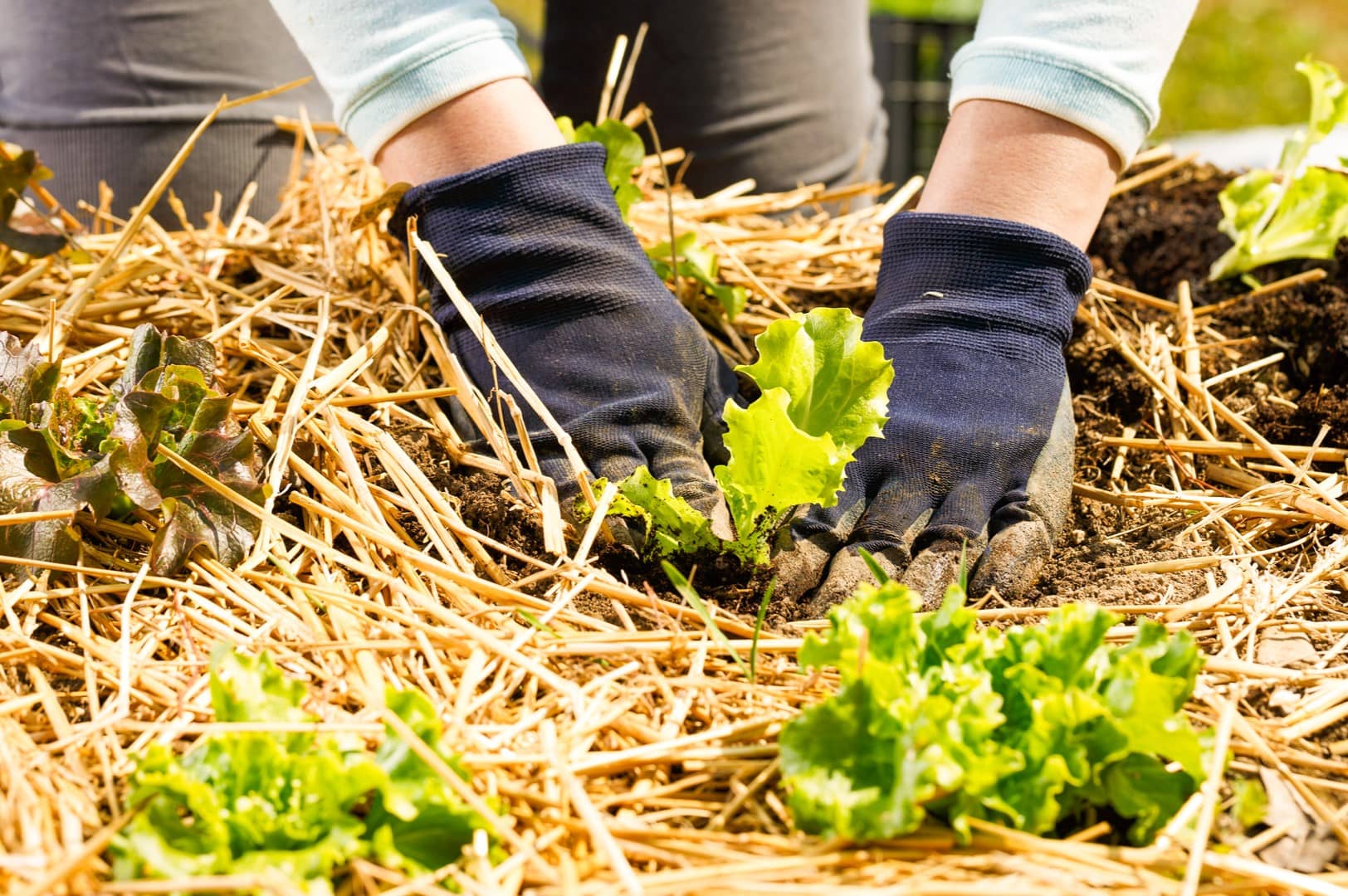

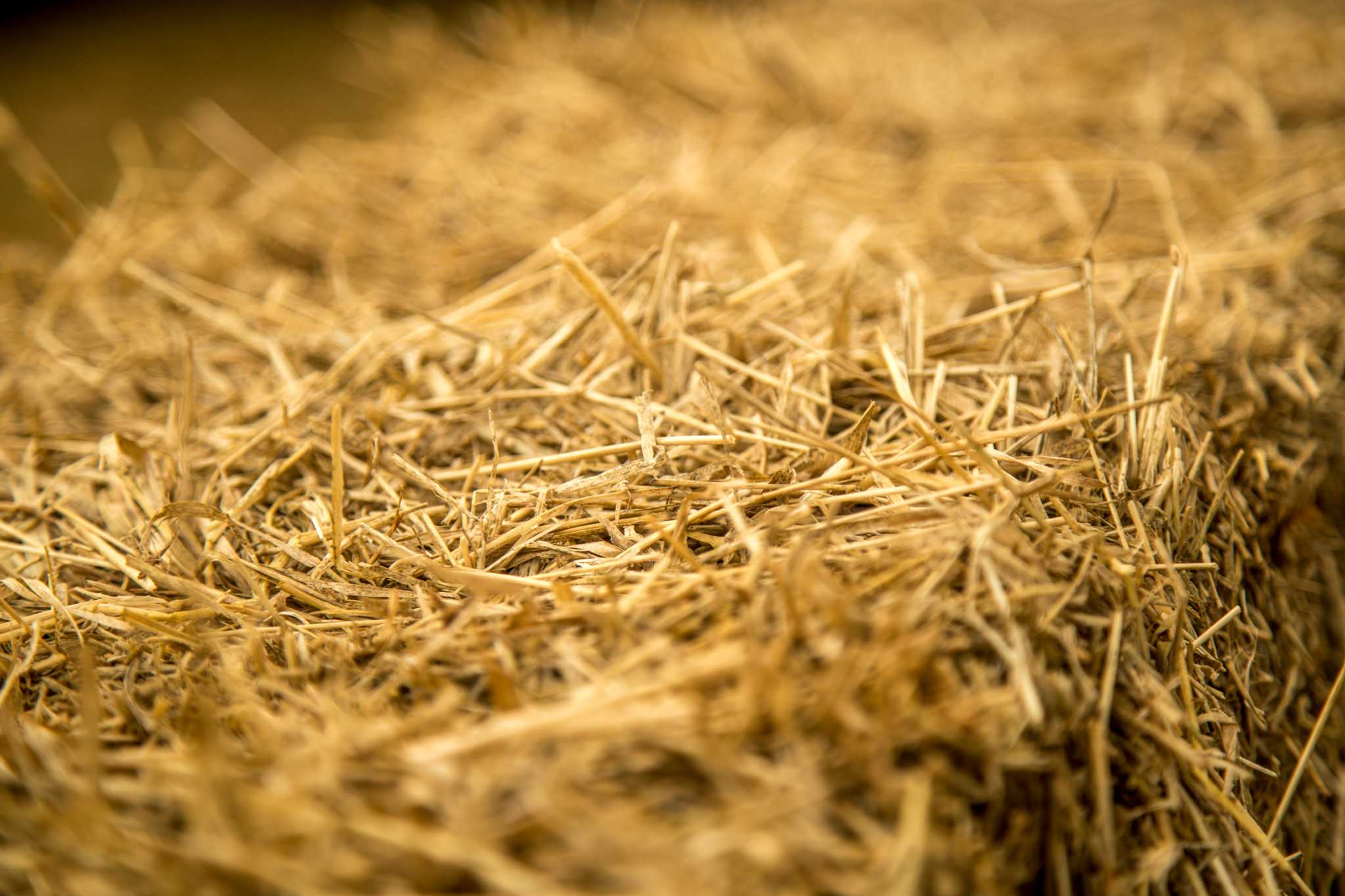


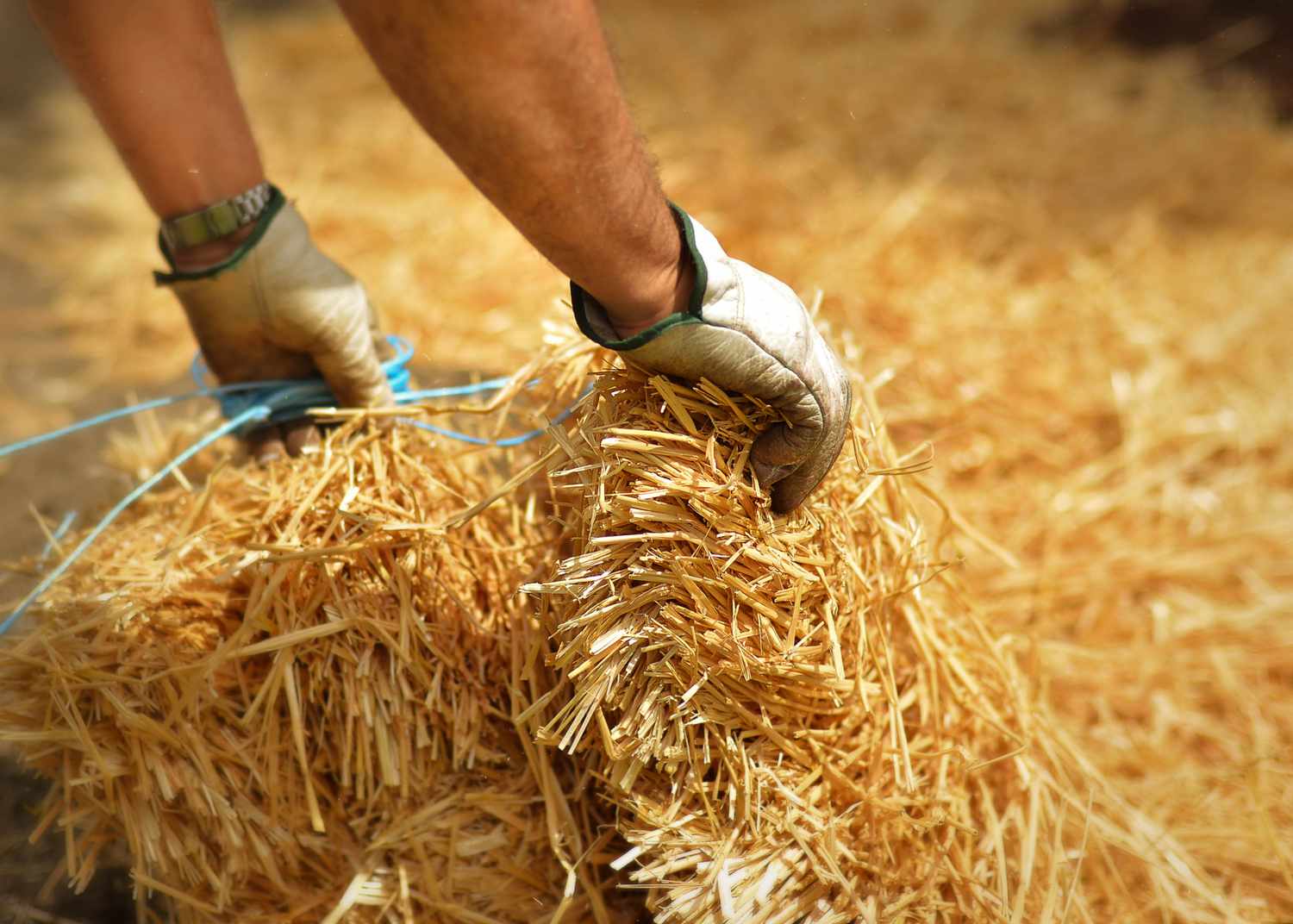

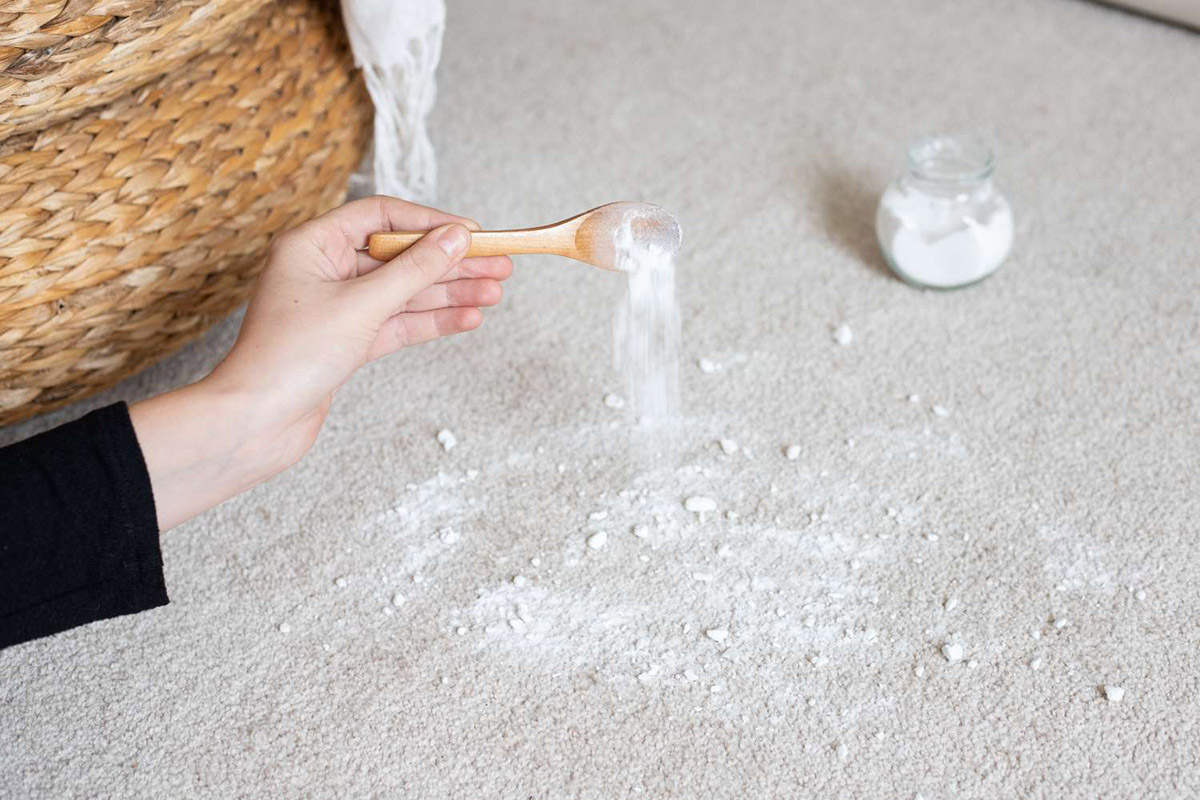
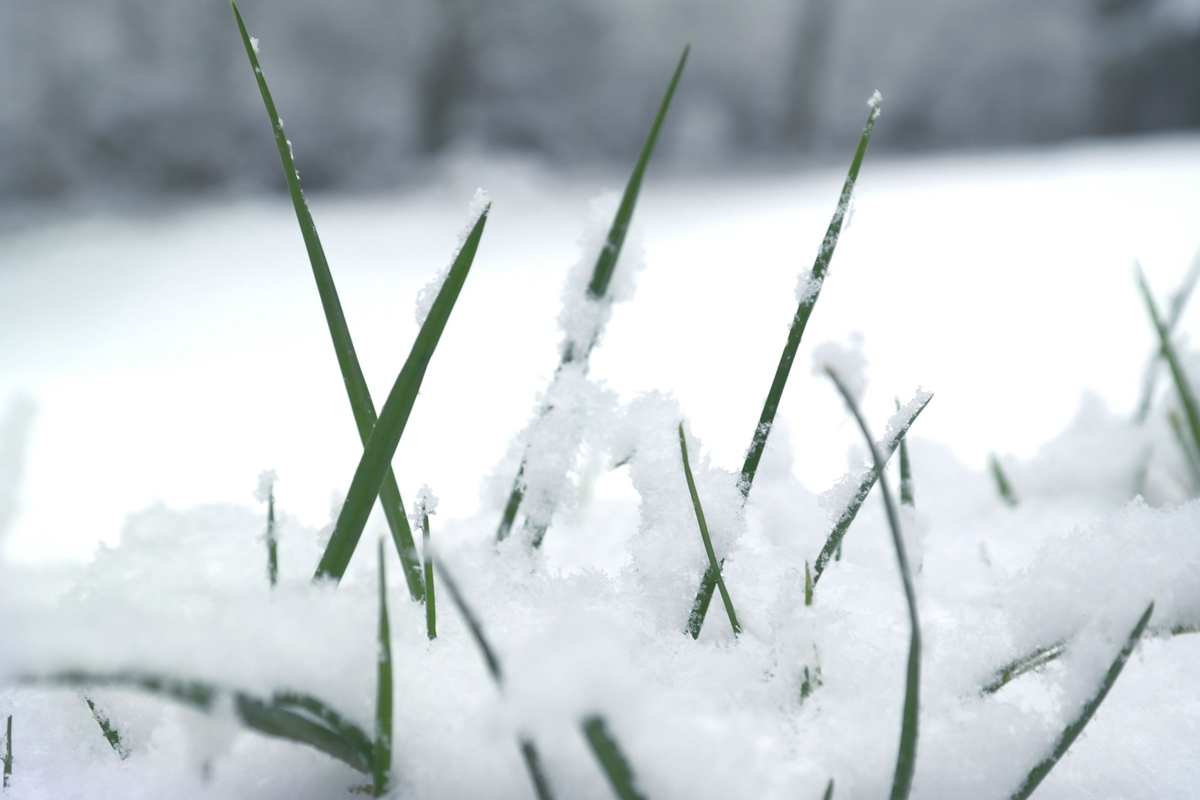

0 thoughts on “How Long To Leave Straw On New Grass”